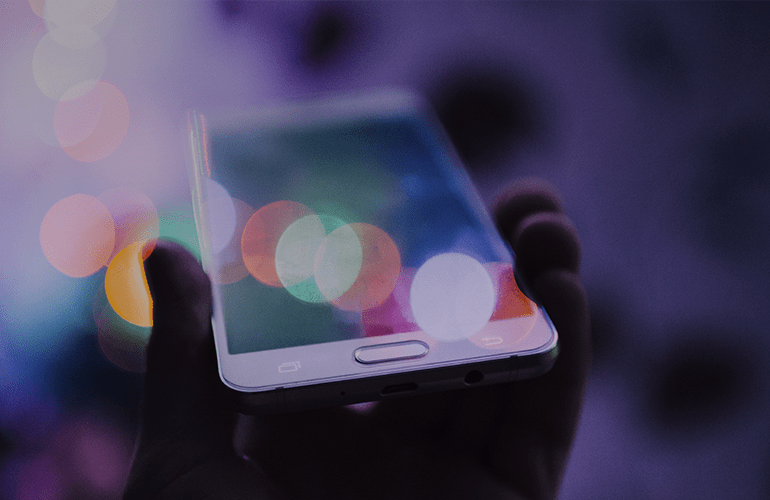
Homo tapiens: a new generation of mobile users
The article by Nadia Knysh was published on RCR Wireless News. Read the full version here.
We are witnessing the biggest technological turn in history where the very human is involved. Now, in a time when almost everyone has a smartphone, when all you need to reach anyone or find out anything is to tap your touch phone’s screen, we can proclaim the birth of a new type of human – Homo Tapiens.
Smartphone religion
Gadgets and devices have become a sort of religion in modern society. Kids are not dreaming about new books or new “Kinder surprises,” which was common for kids 20 years ago. Modern kids want a new iPhone, same as their fathers and mothers have.

This is where we are finding the new technological and psychological turn. In the 1990s, Andrew Bromfield translated a novel, “Generation “P,” where the term “Homo Zapiens” was used for the first time. According to the novel, TV had changed the human mindset. Once people got the opportunity to zap channels while seating or lying on the sofa in front of the display, the way of thinking was changed. The new turn of the 2010s has been tapping – hence Homo TAPiens.
Who maintains the new civilization?
Think of how you start your day. You wake up switching off or pressing snooze on the alarm of your smartphone. Then some of you are calling a taxi via a special taxi app or checking the bus schedule on another app. When on the bus, people all around you are playing games, posting “Good morning” photos on Instagram, answering emails and chatting via WhatsApp. The majority of people starts their day using their smartphones in one way or another.
As a tester, I know the hidden side of Homo Tapiens. To ensure the best performance and convenient interface of applications, millions of picky testers like me put all the apps through the wringer, testing for security, performance, usability, compatibility, localization and functionality. If you have an app on your phone that you love, chances are there were several developers and testers that worked very hard behind the scenes to get it that way.
Although it might sound odd, testing software is all about psychology and anthropology. When testing a new application, pretending tester must put himself/herself into the end user’s shoes and think of how a user who downloaded the app would respond.
Read the second part of the article here.









